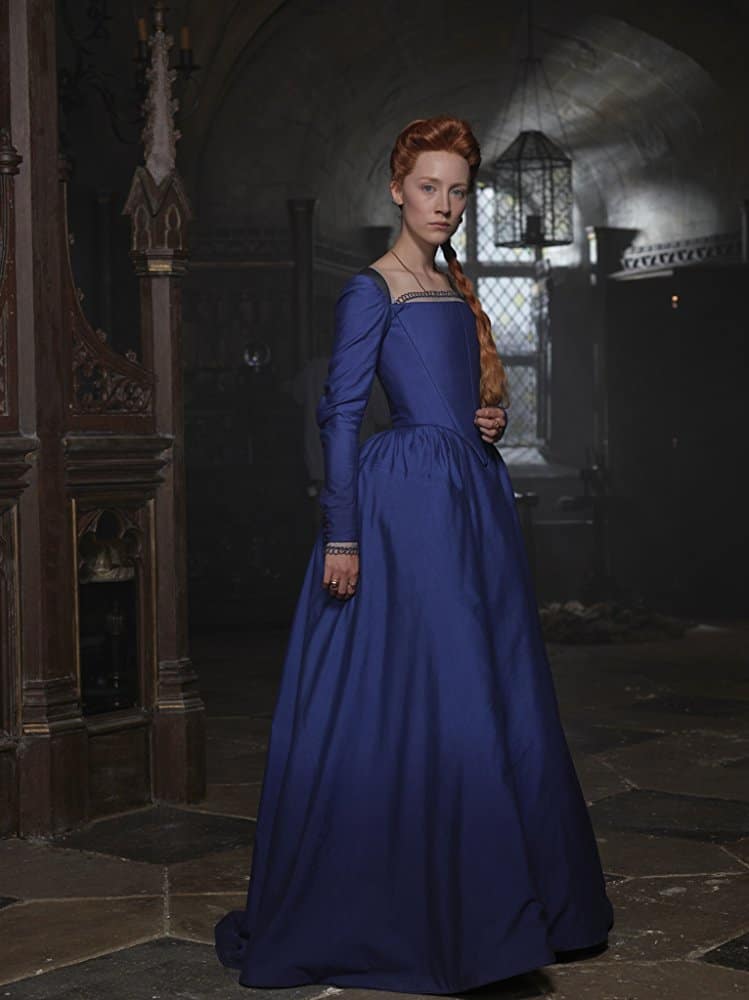
ADVERTISEMENT - CONTINUE READING BELOW
2. Wrong: Elizabeth did not sign the death warrant of Mary Stuart surrounded by councilors in a special meeting, nor did the English Queen probably intend for her cousin to be executed at that time
As depicted in Mary, Queen of Scots, overlooking the nineteen years of Mary’s captivity in England, hastily compressed into only a couple of scenes at the end of the movie is the eponymous character’s death. Concluding with Mary’s execution, on February 1, 1587, Elizabeth finally signed a death warrant for her cousin and entrusted it into the care of William Davison. Unlike in the film, however, Elizabeth did not sign the warrant with any pomp or circumstance, nor did she in front of her privy councilors. Instead, it is likely the order was signed as part of a routine series of documents in private without special comment.
Similarly ignored by Mary, Queen of Scots was the immediate aftermath of the execution itself. Having been called, in secret, a meeting of some members of the privy council on February 3, it was agreed to carry out the execution immediately. Beheading Mary on February 8, the sentence was performed without Elizabeth being informed of the proceedings. Reportedly becoming outraged and irate, it is unclear whether Elizabeth’s anger was merely for show as a form of plausible deniability or if she had not actually intended to kill her cousin. Imprisoning Davison in the Tower of London, the unfortunate noble was only released after other councilors interceded on his behalf.

